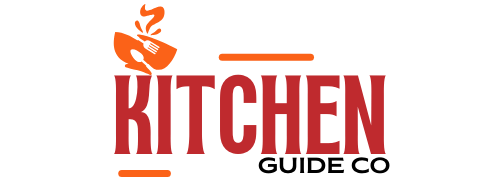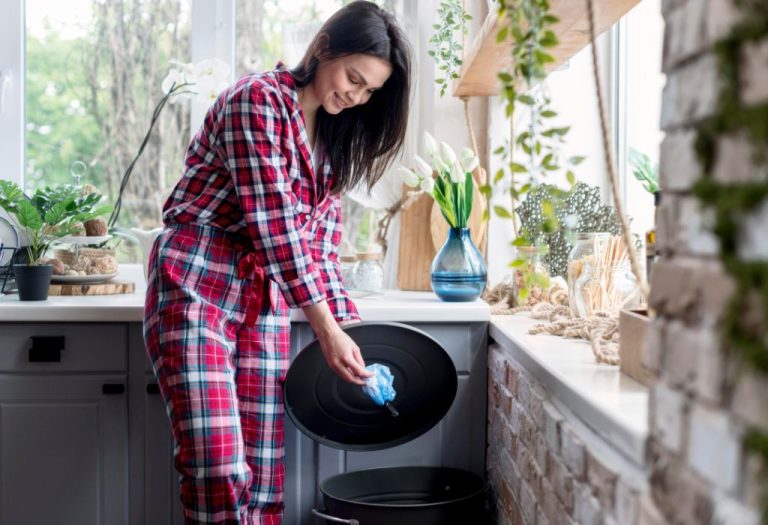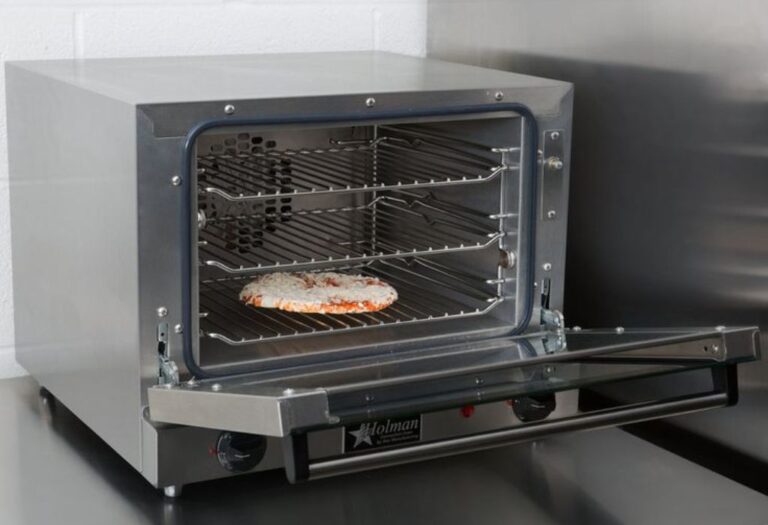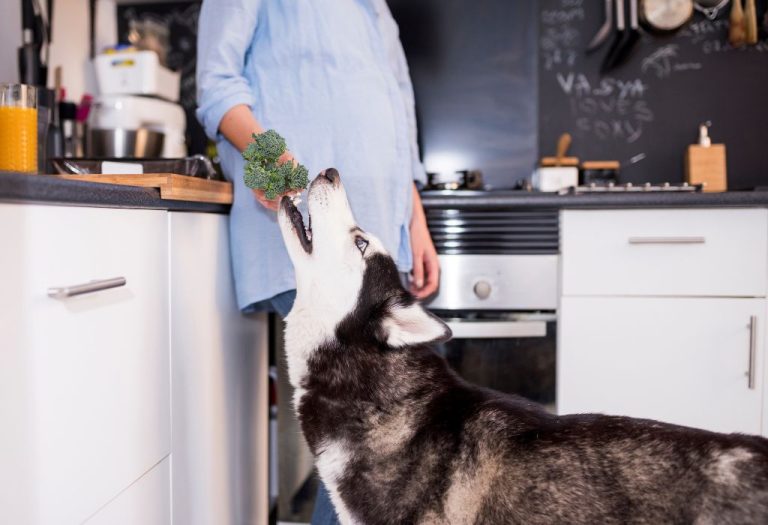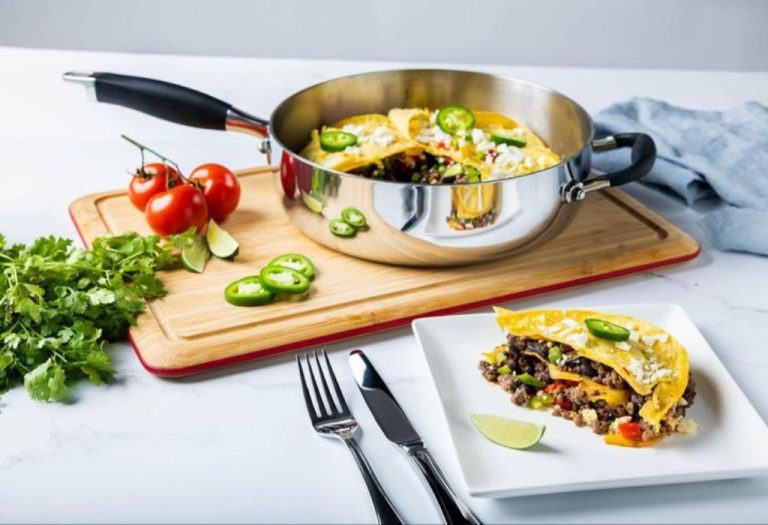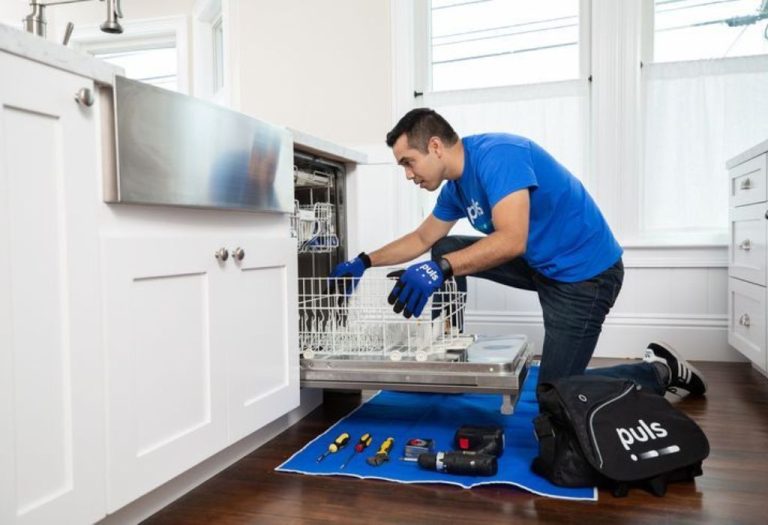The sizzle of pans, the clatter of knives, and the rush of orders can make a commercial kitchen feel electric. But behind that energy lies a high-risk environment where a single mistake can lead to injury, food contamination, or even a full-scale fire.
According to the Occupational Safety and Health Administration (OSHA), thousands of workers are injured in kitchens each year, while the CDC reports that 1 in 6 Americans suffers from foodborne illness annually. These aren’t just numbers — they are a reminder that safety is as important as taste.
Commercial kitchen health and safety is not about slowing down the pace — it’s about creating a system where every dish leaves the kitchen safe for the customer, and every worker goes home without injury.
In this guide, you’ll discover the essential regulations, common hazards, equipment protocols, and staff training methods that will help you maintain a safe, compliant, and efficient commercial kitchen.
Why Health and Safety Is Critical in Commercial Kitchens
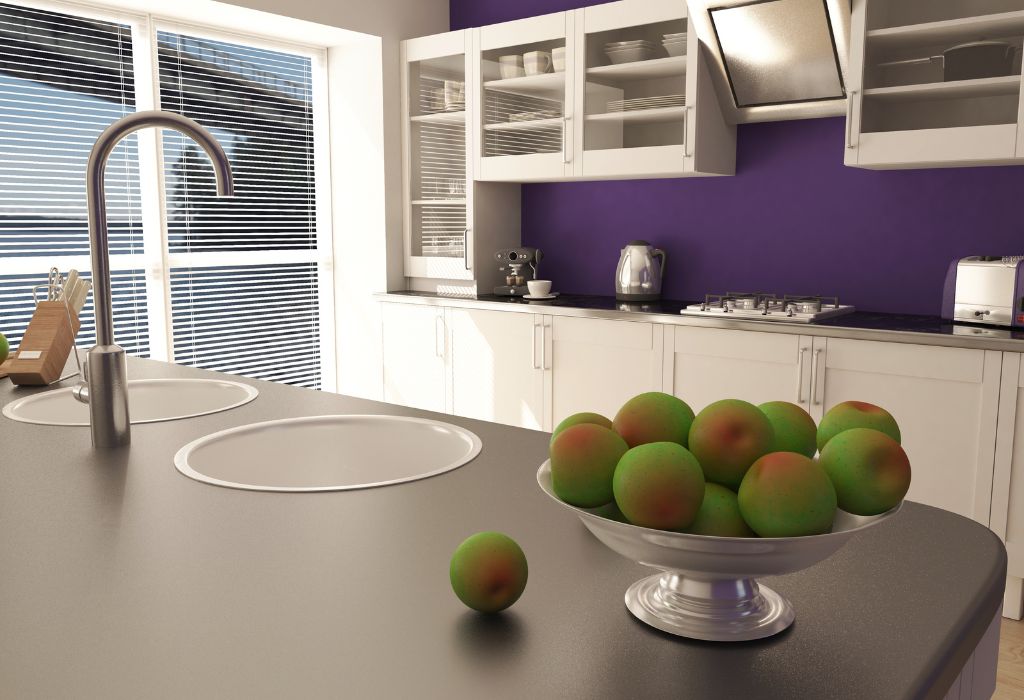
A commercial kitchen is one of the busiest workplaces you can imagine. Orders come in, pans sizzle, and staff move at high speed. In that environment, hazards can multiply quickly.
The National Fire Protection Association (NFPA) reports that nearly 49% of all restaurant fires start in the kitchen. At the same time, the CDC estimates that foodborne illnesses affect 48 million Americans every year, many linked to improper kitchen practices.
For business owners, one accident or safety violation can result in lawsuits, lost reputation, or even permanent closure. Beyond compliance, health and safety are about protecting the well-being of your team and the trust of your customers.
Core Health and Safety Regulations for Commercial Kitchens
Commercial kitchens must follow strict local and national regulations. These laws are in place to ensure food is safe to eat and workplaces are safe to work in.
Food Hygiene Standards
- Store perishable foods at 40°F (4°C) or below, and hot foods at 140°F (60°C) or above.
- Keep raw and cooked foods separate to avoid cross-contamination.
- Train all staff in handwashing, food handling, and cleaning procedures.
Workplace Safety Regulations
- Follow OSHA requirements for protective gear, emergency exits, and hazard communication.
- Ensure fire suppression systems are installed and tested regularly.
- Maintain clear access to exits and keep walkways free of clutter.
Common Hazards in Commercial Kitchens
A commercial kitchen is full of potential hazards — but awareness and prevention can reduce risks significantly.
Slips, Trips, and Falls
Spilled liquids, grease buildup, and cluttered walkways are major causes of falls. Non-slip mats and regular cleaning schedules can prevent most accidents.
Burns and Cuts
Hot oil, open flames, and sharp knives are unavoidable in a kitchen. Providing cut-resistant gloves and training staff in safe handling can reduce injuries.
Chemical Hazards
Cleaning chemicals must be stored away from food areas and labeled clearly. Staff should be trained to handle them with gloves and protective eyewear.
Staff Training and Awareness
Training is the backbone of a safe kitchen. Even the most advanced safety equipment is useless if staff don’t know how to use it.
Induction Training for New Hires
Every new employee should receive safety orientation covering food hygiene, fire safety, and proper equipment use.
Ongoing Safety Drills
Conduct quarterly fire drills, spill response practice, and first aid refreshers.
Food Safety Certification
Encourage staff to obtain certifications such as ServSafe, which demonstrates knowledge of hygiene and safety regulations.
Equipment Safety Protocols
A kitchen runs on its equipment — but every tool can be a hazard without the right care.
Proper Use of Kitchen Equipment
Follow manufacturer instructions for operation. For example, never overload mixers or deep fryers beyond their recommended limits.
Cleaning and Sanitizing Procedures
- Clean food contact surfaces after every shift.
- Deep clean ovens, fryers, and grills weekly.
- Schedule monthly maintenance for major appliances.
Fire Safety in a Commercial Kitchen
Fire risk is high in any commercial kitchen, but you can reduce it with the right precautions.
Fire Suppression Systems
Install wet chemical suppression systems for cooking equipment. Inspect them twice a year.
Emergency Procedures
Staff should know how to cut off gas supply, operate extinguishers, and follow evacuation plans in case of fire.
Creating a Safety Culture
Safety is not just a checklist — it’s a mindset. Leaders should set the example by following safety rules themselves.
Encourage staff to report hazards without fear of punishment. Recognize and reward employees who maintain safe practices.
Health and Safety Compliance Checklist
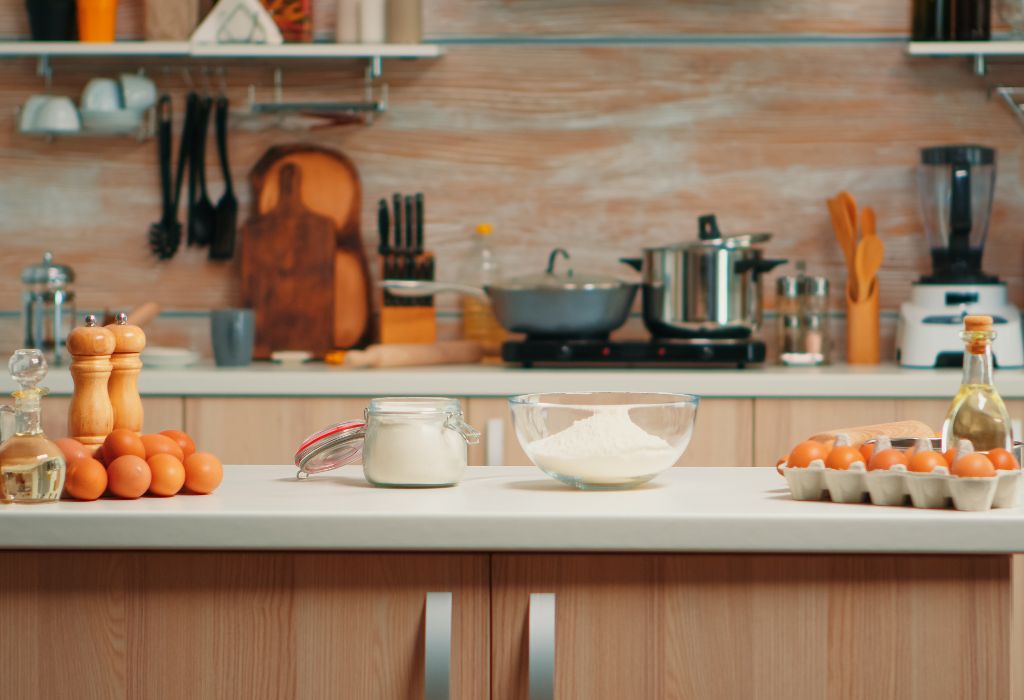
Daily Checks
- Food storage temperatures.
- Clean floors, equipment, and utensils.
- Clear exits and walkways.
Weekly Checks
- Deep cleaning of high-use areas.
- Inspection of knives and tools.
Monthly Checks
- Test smoke detectors and suppression systems.
- Review safety logs and training records.
FAQs – Commercial Kitchen Health and Safety
What is the most common injury in commercial kitchens?
Cuts from knives and slicers are the most frequent, followed by burns from hot surfaces and liquids.
How often should kitchen safety training be done?
At least once a year, with refresher sessions every 3–6 months for high-risk areas.
What is the legal fridge temperature for food safety
Commercial fridges should be kept at or below 40°F (4°C).
Are fire extinguishers mandatory in kitchens
Yes, at least one Class K extinguisher should be accessible at all times.
Can reusable cloths be used in commercial kitchen
Yes, if they are washed and sanitized daily. Disposable alternatives are recommended for high-risk tasks.
Conclusion
A commercial kitchen thrives when health and safety are at the core of its operations. By following regulations, training staff, and maintaining equipment, you protect your business, your employees, and your customers.
Safe kitchens are efficient kitchens — and efficiency leads to better service, happier staff, and loyal customers.
I’m Emma J. Caldwell, the founder, lead writer, and home-cooking enthusiast behind KitchenGuideCo.com. With a background in culinary arts and over a decade of cooking experience in both professional and personal kitchens, I created this platform to demystify recipes, offer smart kitchen gadget reviews, and guide readers through meal prep with confidence and clarity.
